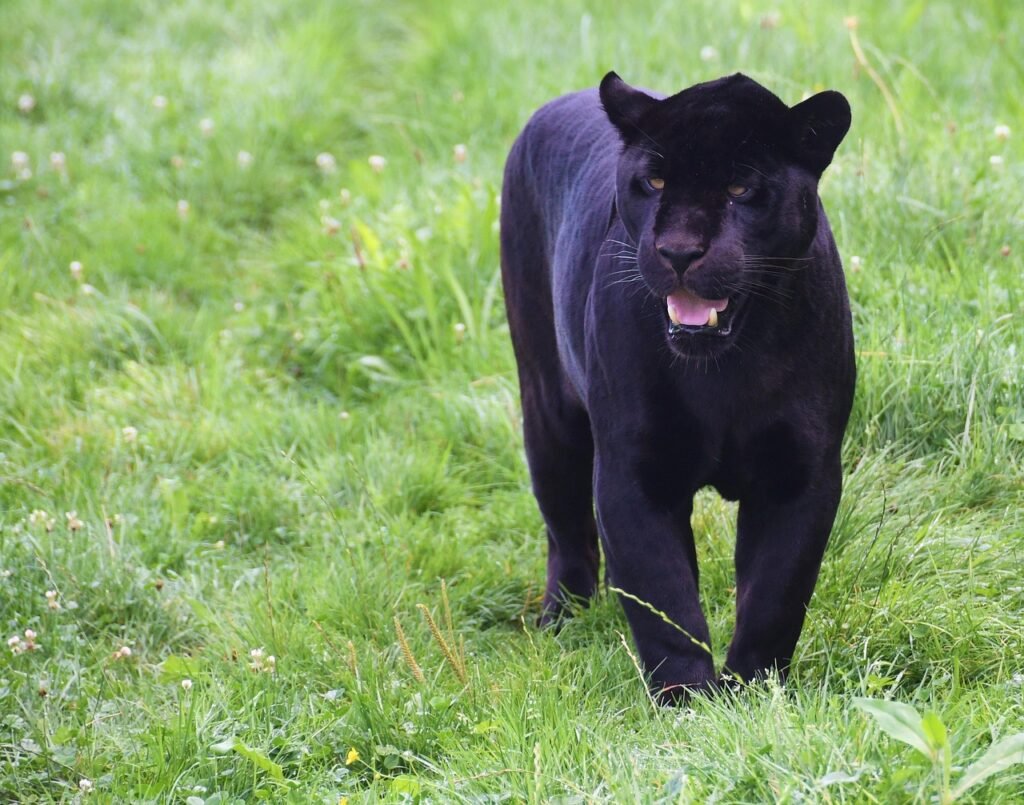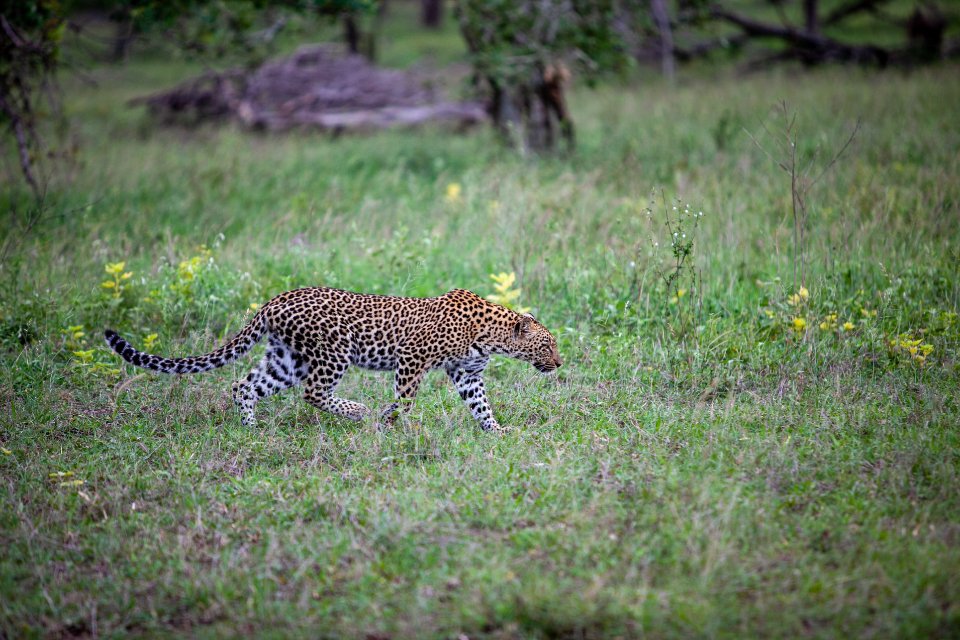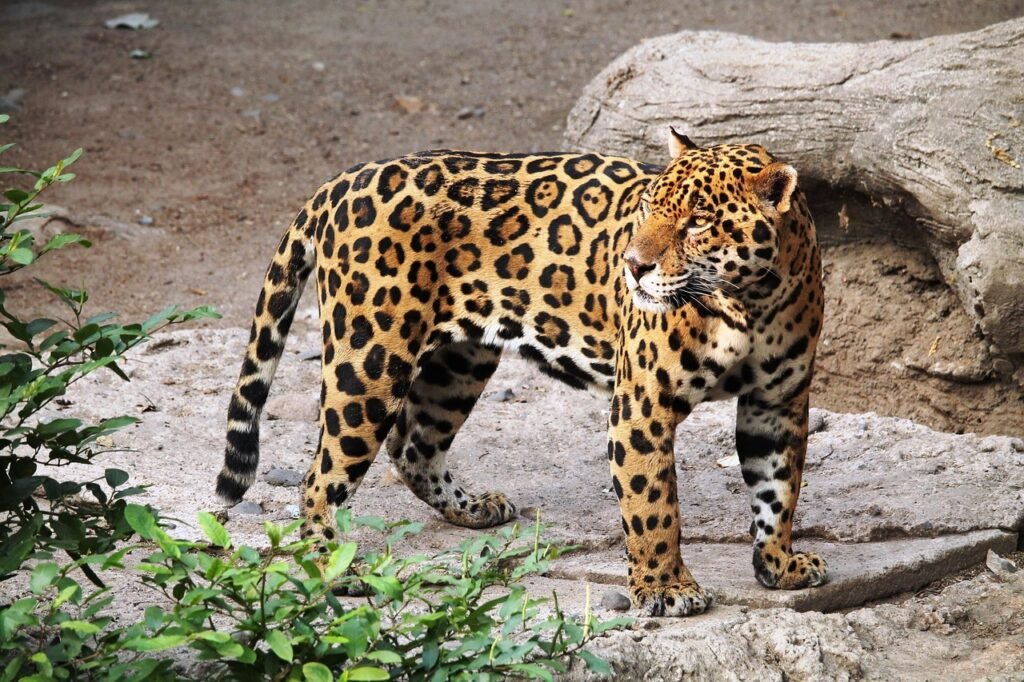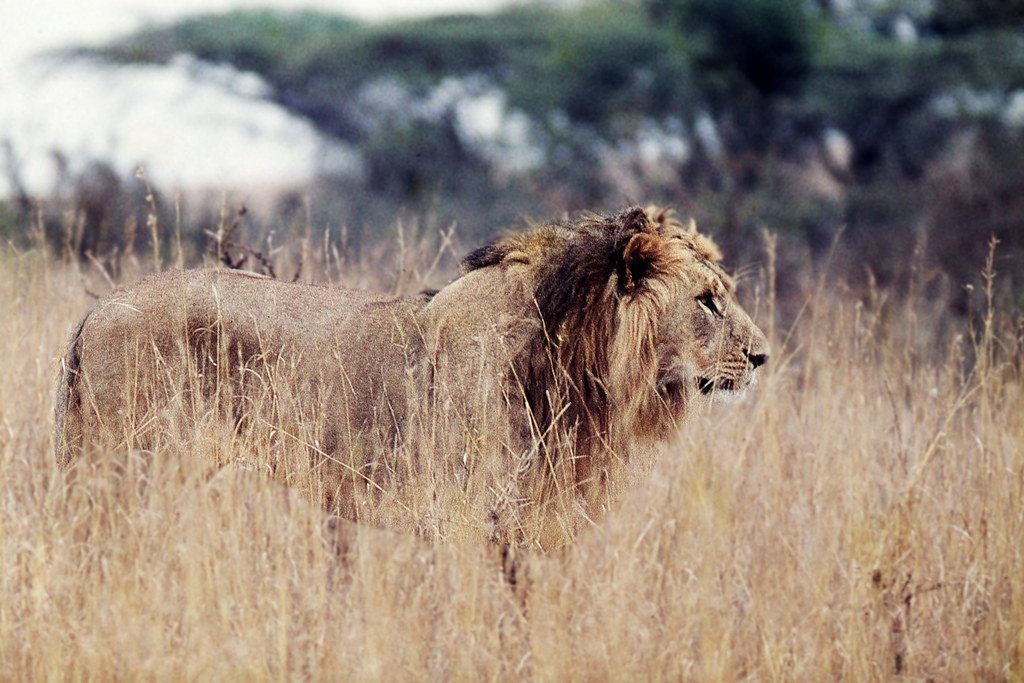You’ve probably seen them in movies, heard whispers about their mysterious powers, or caught glimpses of their shadowy forms in documentaries. The black panther represents one of nature’s most enigmatic creatures, shrouded in more myths and misconceptions than perhaps any other big cat. Yet despite decades of scientific research and wildlife photography, these magnificent predators remain largely misunderstood by the public.
From ancient folklore depicting them as supernatural beings to modern misconceptions about their species classification, black panthers have been wrapped in layers of mystery that often overshadow their true nature. The reality behind these elusive cats is far more fascinating than fiction, revealing complex genetic variations, remarkable adaptations, and crucial ecological roles that make them indispensable to their ecosystems. Let’s dive into the truth behind nature’s most mysterious predator.
They’re Not Actually a Separate Species

The term “black panther” refers to large felines classified in the genus Panthera that are characterized by a coat of black fur, most frequently applied to black-coated leopards (Panthera pardus) of Africa and Asia and jaguars (P. onca) of Central and South America. This represents perhaps the biggest misconception about these magnificent creatures.
A black panther is a leopard or jaguar whose fur has a black color instead of the usual black rosettes on a gold-yellow background, and these panthers are therefore not a species of their own, but a form of melanism. Think of it like how some domestic cats can be solid black while others are tabby – it’s simply a color variation within the same species.
Black panthers are not a real species due to their high concentration of melanin, these big cats are part of different families. The confusion stems from their dramatic appearance, which makes them seem fundamentally different from their spotted relatives.
The Genetics Behind Their Midnight Coats

The black fur is caused by a mutation called “melanism,” a scientific term referring to an increased amount of black pigment in an animal’s skin or hair. This genetic phenomenon works differently depending on the species.
Black coat coloration is attributed to the expression of recessive alleles in leopards and dominant alleles in jaguars, where a certain combination of alleles stimulates the production of large amounts of the dark pigment melanin. This means jaguar parents have a higher chance of producing black offspring compared to leopards.
Though melanin concentrations can vary between jaguars and leopards born in the same litter, melanistic jaguars and leopards are rare, with melanistic individuals being relatively rare in both species, estimated at around 6% in jaguars and even lower in leopards. Interestingly, you can still see their original rosette patterns in the right lighting conditions, like ghostly shadows beneath their black coats.
Their Spots Are Still There, Just Hidden

A black panther’s fur isn’t entirely black – when sunlight hits one of these cats at the right angle, its markings can be seen as spots or stripes that are a slightly darker shade of black than the cat’s coat. This creates an almost supernatural effect when photographed.
Close examination of one of these black cats will show that the typical markings are still there, and are simply hidden by the surplus of the black pigment melanin. Professional wildlife photographers have captured stunning images showing these hidden patterns, revealing the leopard or jaguar beneath the melanistic exterior.
Although they appear solid black at first glance, their speckled pattern is evident when seen from the appropriate angle. This hidden rosette pattern helps researchers identify individual animals and understand their genetics better.
They Aren’t Exclusively Nocturnal Hunters

While their dark coats give them incredible advantages at night, it’s a misconception that big cats are strictly night owls – they’re very opportunistic, and if there’s an opportunity to hunt during the day and they’re hungry, they will. Their hunting patterns depend more on prey availability and human activity than the time of day.
These animals are mostly hunting during the nighttime and they also spend the better part of their days in rest, however, with radio tracking, it has been found that there are some leopards in West Africa that tend to be diurnal or the ones that are active during the day. Environmental factors and prey behavior influence their activity patterns more than their coat color.
At night, the cats have significantly better night vision than humans, giving them a significant advantage regardless of their color. Their exceptional night vision makes them formidable predators in any lighting condition.
Their Dark Coats Provide Surprising Hunting Advantages

Dark fur grants the nocturnal predators camouflage, and the cats use the shadows of the night to hide from prey. This natural camouflage makes them nearly invisible in dense forest environments.
Black Panthers benefit greatly from the pigment melanin to manipulate their prey during the dead of night, becoming their invisible cloak in the dark, assuring a higher success rate in their hunting game. Their success rate increases dramatically when hunting in low-light conditions.
The cats with dark coats are often found in thick jungles and hunt at night so they can blend in with shadows and stalk prey better than their lighter-colored siblings. Evolution has fine-tuned this adaptation for specific environments where darkness provides the ultimate hunting advantage.
They Don’t Exist in North America

Despite numerous reported sightings and local legends, in North America, no black panther has been caught, shot, seen, or bred, therefore experts concur that they do not exist, and the North American black panther is classified as a cryptid. These sightings are typically misidentified animals or wishful thinking.
Some people claim to have seen black cougars, which are sometimes referred to as Florida Panthers, but Florida Panthers are always tan. The confusion often stems from lighting conditions, distance, or the observer’s expectations.
Oddly, a true black “panther” doesn’t exist since panther is another name given to the puma, and that creature has never been known to have the black fur mutation, with some claims in the U.S. being unreliable. Genetic studies have never confirmed melanism in North American puma populations.
They Face Serious Conservation Challenges

Leopards (Panthera pardus) are currently listed as Near Threatened by the IUCN, with the IUCN classifying both Leopards and Jaguars as threatened species because they are becoming more vulnerable across their natural range. Their melanistic variants face even greater challenges.
Due to the fact that two gene-carrying individuals must mate to produce a Black Panther and the chances of this are decreasing with habitat loss, many wildlife experts consider these animals to be endangered all around the world. The genetic requirements make their reproduction increasingly difficult.
Not only have these rare animals been hunted throughout much of their natural range but they have also been subjected to drastic habitat loss particularly in the form of deforestation, and population numbers are declining with Panthers becoming even rarer. Human encroachment continues to fragment their territories.
They Play Crucial Ecological Roles

Black panthers are apex predators which means they sit at the top of the food chain in their respective habitats, and their presence is vital for maintaining the health and balance of ecosystems by regulating prey populations. Without them, herbivore populations can explode and damage vegetation.
Black panthers are apex predators that mostly eat herbivore animals, playing a wide role to keep the population of herbivore animals in control, which is necessary for forest growth and maintenance, thus indirectly preserving plant life. Their hunting maintains the delicate balance between plant and animal populations.
By controlling prey populations and influencing vegetation dynamics, black panthers play a crucial role in promoting overall biodiversity within their habitats, with healthy ecosystems being more resilient to environmental changes. They’re essentially ecosystem engineers, shaping entire forest communities through their presence.
Cultural Myths Have Shaped Our Perceptions

Despite their noble representation, misconceptions about the Black Panther persist, and it is essential to address these myths to foster a better understanding of their role in both nature and mythology. Cultural beliefs have often overshadowed scientific facts.
It is often a symbol of darkness, death, and rebirth, and the Black Panther helps us understand the dark and death and the inherent powers of them. These symbolic associations have created fear and misunderstanding about their true nature.
All these big cats, in mythology and folklore, are symbols of warning that ask the protagonist to become aware of any weakness and control the desires and urges of the psyche. While culturally significant, these interpretations have little to do with the animals’ actual behavior and ecology.
They’re Remarkably Elusive Survivors

Because of their stealth as predators, they’ve earned the nickname “the ghosts of the forest,” and they are in fact so sneaky that Panthers are often referred to as ‘the ghost of the forest’. Their elusive nature has made scientific study challenging but has also helped them survive human persecution.
They are very rarely seen by people who are only really ever aware of a Panther’s presence by their tracks left on the ground and scratch marks on trees. Even experienced wildlife researchers can spend years in panther habitat without a direct sighting.
They’re not going to chase their prey for a long distance but rather sneak up on it, have a short sprint to get it, kill it and take it down. This hunting strategy requires patience and perfect timing, traits that have served them well in avoiding human detection.
Black panthers stand as one of nature’s most fascinating examples of how genetics, evolution, and environment intersect to create something truly remarkable. These aren’t mythical beasts or separate species, but rather incredible genetic variations of leopards and jaguars that have adapted perfectly to their shadowy forest homes. Their melanistic coats represent millions of years of evolutionary fine-tuning, creating predators so effective at stealth that they’ve earned the title of forest ghosts.
Understanding the truth about black panthers helps us appreciate not just their beauty and power, but their critical role in maintaining healthy ecosystems. As habitat destruction and climate change continue to threaten their populations, distinguishing fact from fiction becomes more important than ever. These remarkable predators deserve our protection based on their true ecological value, not mythical powers or cultural symbolism.
What do you think about these misunderstood predators? Did any of these facts surprise you? Tell us in the comments.




